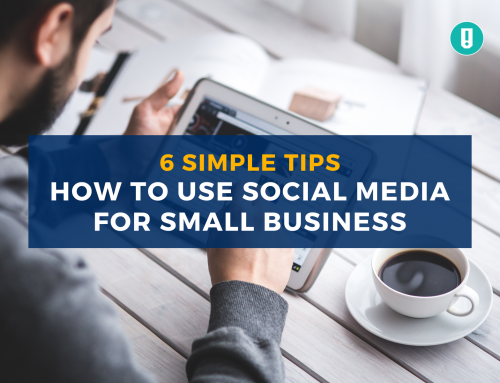As a small retail business, one of the hardest tasks is to price your products. Which pricing strategy should you employ? Should you price high or low? What informs your competitors’ prices and should you follow them?
So many businesses follow The Price Is Right model of retail pricing by one upping their competitors. If you’d like to set prices, not follow them, and firmly establish yourself in your industry, there are a few basic retail pricing strategies you should employ. Let’s take a look.
Start Here
There are four considerations you should always account for when pricing your products.
First things first, you should make sure you’re covering your cost of doing business. This includes your employees wages, your building lease agreement, utility costs, insurance costs, inventory, equipment lease and maintenance.
Next, you should think about your own living wage. Are you factoring in your own salary when pricing for retail? If not, you should. Many business owners overlook this step, but you need to do more than just break even: you also have to support yourself and your family at a decent standard of living.
Third, estimate the number of yearly sales you expect. This isn’t a time for wishful thinking. You should support this estimate with cold hard statistics from the Retail Owners Institute benchmark page to find the average product turnover for your industry.
Let’s say you own an auto parts shop and plan to carry 500 unique products. To estimate your yearly sales, multiply the number of unique products (500 in this example) by the average turnover rate in your industry (4.2). The total (2100) would be the correct estimate to use here.
Finally, calculate your average cost per inventory item. To do this, you must figure out how many unique items you have. Unique is not the same as total. An item is considered unique if it has a separate SKU number. In our example, 20 tire pressure gauges from the same brand is considered one unique item.
After you figure out the total of unique items you have, you should calculate the cost per item. Do this by looking at the cost of one inventory turnover and dividing it by your unique items. For example, if it costs $15,000 for an inventory turnover and you have 12,000 unique items, your average costs per item is $1.25.
Now for the Average Markup
To determine your average markup, you should take your average sales price and then divide it by the average product cost per item.
To calculate your average sales price, add up how much it costs to run your business and pay your own salary. Let’s say that total comes up to $300,000. Now, determine the amount of products you are likely to sell for the year. Let’s use a total of 60,000 products. Now, you’ve determined that your average price should be $5 to cover your business costs and salary demands.
Now, calculating your average markup requires that you take your average sale price $5 and divide it by your average product cost ($1.25) to determine your percentage of markup.
Will People Pay What You’re Asking?
All of this depends on your location, your brand, and your competitors. If they can easily go next door and purchase the same product for much less, why should they buy from you? This requires a fine balance of understanding your customers, positioning your products, and keeping a close eye on how much you’ll need to sell to succeed as a small business.
A great way to help understand your customers is through the use of a POS software. Many enable you to create and manage a customer list as well as view purchase history. You will be able to view your customers purchases and get an idea for products that they would be more likely to purchase. As a bonus, POS softwares also provide you with a way to manage your inventory and track employees.
Let’s Take a Breather
That was a lot of calculation, but the more accurate you can get this, the better your chances of coming out on top. Remember that pricing takes time, effort, and constant re-evaluation. As the market fluctuates, so will your prices. Just stick with these basics, and it’ll help you price to win.
About the Author

Jacqueline Thomas writes about small business development, business technology, and real estate for Fit Small Business. She can be reached on Twitter @kyothomas, or on her personal website, ThePearlofAfrika.com.






Leave A Comment